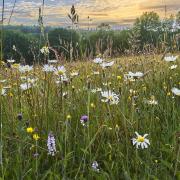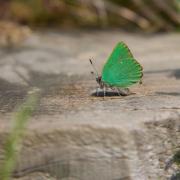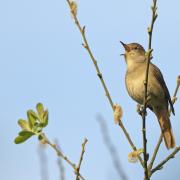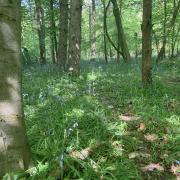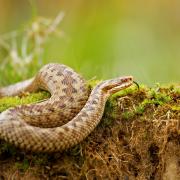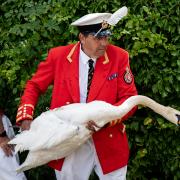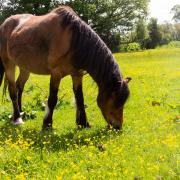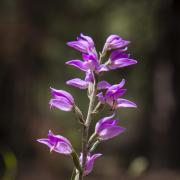An historic spawning season is underway for one of the UK’s rarest fish – the twaite shad – within the UK’s longest river. The migratory fish swim into the River Severn each year around May, giving rise to their colloquial name – the May Fish.
Navigation weirs built across the Severn in the mid 1840s, though, blocked the shad from reaching their traditional spawning grounds. Now, nearly 180 years later, an ambitious conservation project has completed works that unlock the UK’s longest river for the May Fish, and all fish migrating on this mighty river.

The twaite shad is an iridescent, silvery fish, with a forked tail. It has a streamlined bullet-shape for fast, efficient swimming. It is also a Red List Threatened Species in the UK. Twaite shad are related to herring and live most of the year out at sea. Every spring, however, their physiology transforms so that these intrepid fish can travel huge distances in freshwater, migrating far upriver to lay their eggs and spawn.
In fact, the annual shad run was once a celebrated sign of spring along the River Severn. And shad were known and loved by kings and commoners alike. Medieval records show that Severn shad were ordered for Henry III’s royal court in London. But shad were also a lifeline for local people: arriving in the hunger gap after winter crops had finished and before spring vegetables were ready.

Shad’s fortunes changed completely when the Industrial Revolution claimed the River Severn as an artery for industrial trade, and Victorian engineers made plans to control and alter the river. So, in the mid-1800s by an Act of Parliament, navigation weirs were built right across the River Severn. These weirs created deeper and more reliable passage for large barges that transported industrial goods on the river between the Black Country and the docks at Gloucester. But, for shad, the weirs formed a barrier that suddenly and catastrophically cut short their migration.
Now, the Unlocking the Severn project has installed a series of four massive fish passes alongside navigation weirs on the River Severn between Worcester and Stourport. An additional two partial weir removals have reconnected further ecologically-rich habitat in the River Teme (a tributary that joins the Severn at Worcester). In total, the project has restored access to 158 miles of vital river habitat for wild fish of the River Severn. Uniquely, the new fish pass at Diglis in Worcester includes an underwater viewing gallery allowing monitoring of the endangered migrating fish. And members of the public can book a guided tour for their chance to see wild fish swimming by.


So, as May blossom froths in the hedgerows and May flies dance above the water, it’s good to know that there is new hope for the May fish’s epic spring migration within the UK’s longest river. In addition to the twaite shad, the new fish passes will help to secure the long-term future of other endangered fish species such as salmon, eels, and lamprey.
The biggest conservation project of its kind in Europe, Unlocking the Severn is delivered by Canal & River Trust via partnership with Severn Rivers Trust, Environment Agency and Natural England, and is made possible with funding from the National Lottery Heritage Fund and the European Union LIFE programme.
The project will be celebrating World Fish Migration Day with a special open day at Diglis fish pass in Worcester on Saturday, May 21. For details of this event and for booking fish pass tours visit unlockingthesevern.co.uk
SUBSCRIBE to Cotswold Life magazine for more countryside news.






